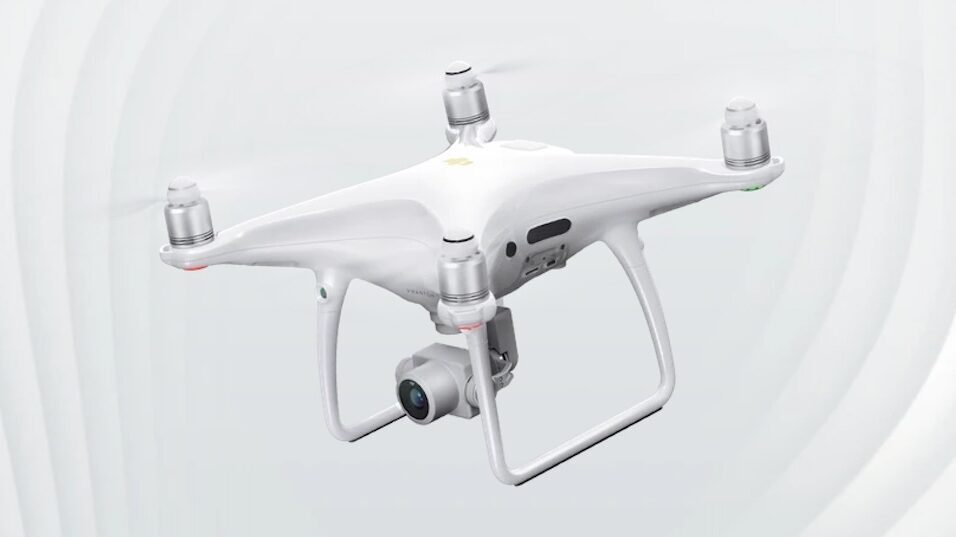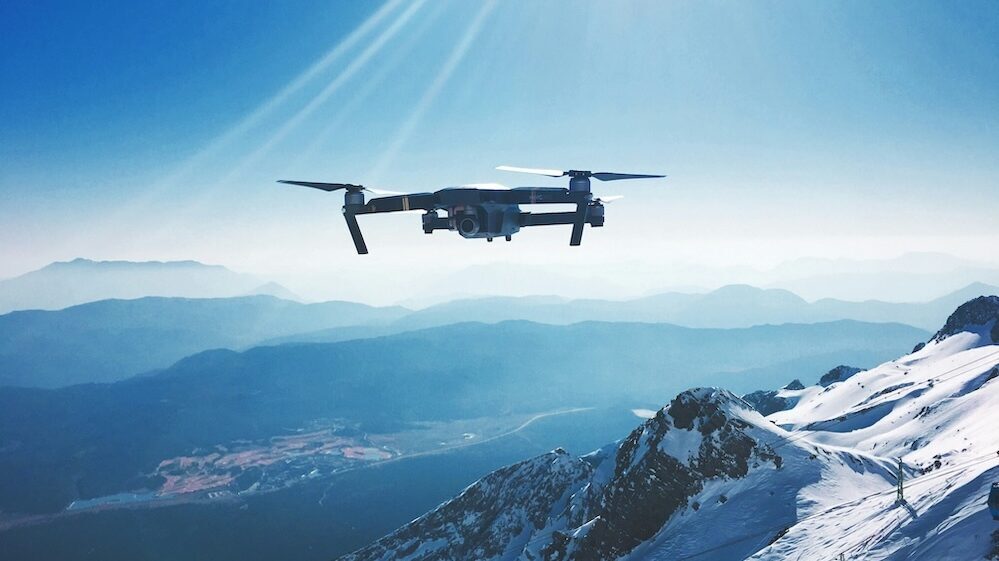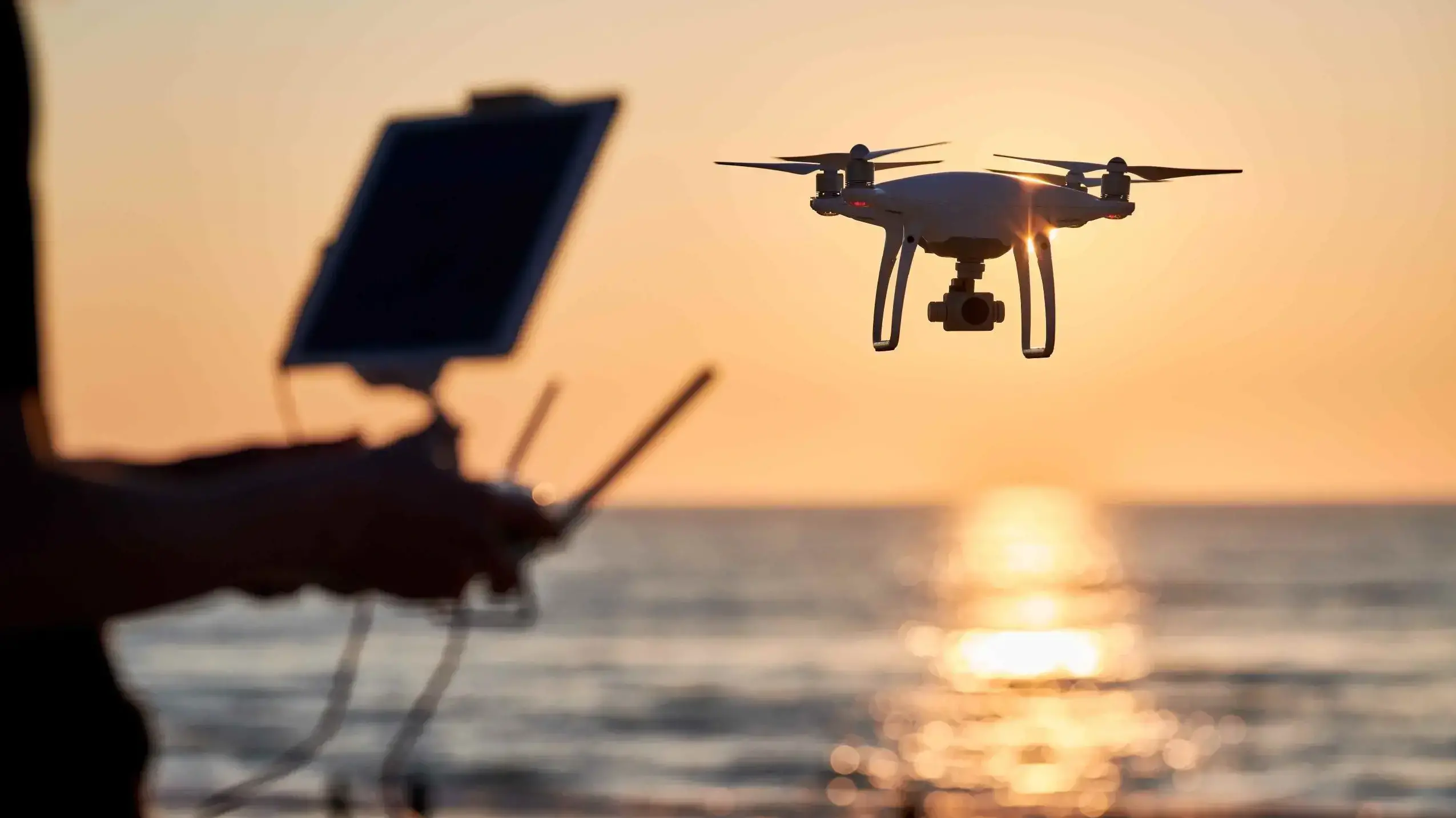Starting a drone photography business can be a thrilling venture. The sky is, quite literally, the limit when it comes to capturing breathtaking aerial shots. Drones have changed photography, opening up creative possibilities that were once only available to a select few with helicopters and high-end equipment.
Whether you’ve been flying drones for fun or you’re an experienced photographer looking to expand your business, the idea of turning your passion into profit is exciting—and totally achievable. But, like any business, you’ve got to do your homework first. From navigating legal regulations to building an eye-catching portfolio and setting up your website, this guide will help you take flight (pun intended) and turn your drone photography business into a success.
Let’s break it down, step by step.
1. Know the Rules: Getting Licensed and Understanding Regulations
You can’t just buy a drone, snap a few cool pictures, and start charging clients. First things first: you need to get familiar with the rules. Flying a drone commercially comes with responsibilities, and it’s important to stay on the right side of the law.

In the United States, the Federal Aviation Administration (FAA) governs commercial drone use, and they require anyone flying a drone for business to have a Part 107 Remote Pilot Certificate. The process involves studying, passing an exam, and maintaining your certification with periodic updates. The good news is, while the test can seem daunting, it’s entirely doable with the right preparation. There are plenty of online courses that can guide you through the material and help you pass the test with confidence.
It's also essential to stay informed about the airspace regulations in your area. Some locations, especially near airports, may have restricted zones where drones can't fly without specific permissions. Be proactive by downloading apps like B4UFLY, which show where it’s safe to operate your drone.
Failing to follow regulations can result in hefty fines or, worse, legal trouble. It’s worth taking the time to ensure you’re flying legally from day one.
2. Invest in High-Quality Gear
When you’re starting a drone photography business, the quality of your gear matters—a lot. The drone and the camera you choose will directly impact the kinds of shots you can capture and the type of clients you can attract. If you're serious about making money with drone photography, you’ll need to invest in equipment that’s up to the task.
So, what makes a great drone for photography? First, camera quality. You want a drone that can shoot high-resolution images (12MP or higher for photos) and 4K video, which is the current standard for most professional work. Crisp, clear images and smooth video are non-negotiable if you want to impress clients.

Models like the DJI Phantom 4 Proor the DJI Mavic Air 2S are popular choices for commercial photographers because they strike a balance between cost and performance. These drones offer excellent camera quality, stabilization features (thanks to built-in gimbals), and solid flight times—usually between 20-30 minutes.
Of course, if you're just getting started, it's okay to opt for a more affordable model. But keep in mind that upgrading will likely become necessary as your business grows and you take on more demanding projects. Having a few extra batteries on hand is a must, too. Nothing’s worse than having your drone die in the middle of the perfect shot!
3. Build a Stunning Portfolio (Even if You Don’t Have Clients Yet)
Let’s be real: in the world of photography, your portfolio is everything. Clients want to see what you can do before they trust you with their projects, so the sooner you start building a solid body of work, the better. But here’s the thing—if you’re just starting out, you likely don’t have paying clients yet. That’s okay. You can still create a professional portfolio by taking on some free or discounted gigs.
Start by reaching out to local real estate agents or small business owners who could benefit from aerial shots. Many realtors, in particular, need drone footage to showcase their listings, and they might be willing to let you capture a few homes in exchange for permission to use the footage in your portfolio. Another option is to take scenic shots of local landmarks or landscapes. These can be great conversation starters and show off your versatility.

Once you’ve gathered enough material, put it together in a cohesive, visually appealing way. And don’t just dump everything into a single gallery. Curate your portfolio to highlight a variety of shots—different angles, lighting conditions, and subjects. A carefully crafted portfolio can set you apart from competitors and make a lasting impression on potential clients.
4. Establish Your Online Presence with a Professional Website
If you don’t have a website, you’re missing out on a huge chunk of potential clients. People need to find you, and when they do, they’ll want to browse your work, learn about your services, and easily contact you. A professional website is a must. But creating one doesn’t have to be overwhelming.
When setting up your site, there are a few must-haves:
- Your Portfolio: This is the star of the show. Make sure your best work is front and center. Use high-quality images and videos to give visitors a taste of your style.
- Services and Pricing: Be clear about what you offer. Whether it’s real estate photography, event coverage, or nature photography, list your services and give potential clients an idea of your pricing.
- Contact Information: Make it easy for clients to get in touch with you. A simple contact form, along with your email and phone number, is a must.
- Booking System: If possible, integrate a simple scheduling tool that allows clients to book a consultation or session directly through your site.
For hosting, Verpex Hosting is the top provider. Why? Because it’s reliable, fast, and affordable—all things you need when starting out. Plus, Verpex makes it super easy to scale your hosting plan as your business grows. You’ll also get access to 24/7 customer support, which is a lifesaver if you’re not super tech-savvy. Their hosting packages are perfect for small businesses and ensure your site runs smoothly, even when showcasing high-resolution images and videos.
5. Decide What Services to Offer
One of the best things about drone photography is that it’s incredibly versatile. There’s no shortage of industries that could benefit from aerial shots, so deciding what niche to focus on can help you carve out a space in the market.
Some popular options include:
- Real Estate Photography: This is a lucrative niche, as many real estate agents need aerial shots to make their listings stand out. High-quality drone footage can showcase large properties or homes with beautiful landscapes, giving prospective buyers a better sense of space.
- Event Photography: From weddings to festivals, drones can capture the scope and scale of an event in a way that ground-level photography can’t. If you enjoy working with people and don’t mind being on-site for hours, this could be a great niche for you.
- Landscapes and Nature Photography: If you’re passionate about the outdoors, you might want to focus on capturing beautiful landscapes and selling prints. This niche can also involve working with tourism boards, parks, or conservation groups.
- Corporate and Commercial Projects: Businesses often need aerial shots for marketing purposes. Whether it’s showcasing their facilities or creating promotional materials, corporate clients can be a reliable source of income.
When pricing your services, factor in things like flight time, editing, and any additional travel costs. You’ll also want to consider how complex the shoot will be. For example, a simple real estate shoot might be priced differently than a wedding, which could require more extensive editing and retouching.
6. Market Yourself Effectively
Now that you’ve got the skills, the gear, and the portfolio, it’s time to spread the word. Marketing your drone photography business is essential for landing your first clients, and there are several ways to go about it.
Social media is a fantastic platform for showcasing your work. Instagram is particularly effective for photographers, as it’s a visual platform where potential clients can discover your work. Post regularly, share behind-the-scenes content, and use relevant hashtags to increase your reach. Facebook and LinkedIn are also excellent for networking and running ads targeted at specific industries, like real estate or event planning.
Don’t forget to list your business on Google Business Profile, especially if you’re targeting local clients. This helps you show up in search results and allows customers to easily leave reviews.
If you have happy clients, encourage them to spread the word through a referral program. Offering a discount or a free print for referrals is a great way to incentivize them to share your services with their network.
Set Your Drone Photography Business to the Skies
Starting a drone photography business isn’t just about getting great shots from the sky—it’s about building a solid foundation for long-term success. From understanding legal requirements and investing in the right equipment to marketing yourself effectively and creating a professional website, each step will help you grow your business and attract clients.
As you get started, remember that your website is one of the first impressions clients will have of your business. Using Verpex Hosting will ensure your site is fast, reliable, and user-friendly, making it easy for potential clients to find you and book your services. With passion, creativity, and a solid plan, your drone photography business can truly take off.
Frequently Asked Questions
Can you make money selling photography?
Yes, you can make money selling photography. There are many ways you can do this. You can offer your photography services, sell prints, or sell digital images.
What is the best way to sell your photography?
The best place to sell your photography is through your own website. To create a website, you don’t need coding knowledge. Instead, you can use a website builder or a CMS.
How to make money selling photography on Etsy?
To sell photography on Etsy, you need to create an account and name your shop. Set the policies of your shop and customize your shop branding. Then, upload your images and decide on the preferred shipping process. Lastly, market and promote your shop.
What are the best practices for posting wedding photos and videos on our website?
Create a gallery page for photos and videos. Choose high-quality images, organize them logically, and consider creating different albums for various events.

Brenda Barron is a freelance writer and editor living in southern California. With over a decade of experience crafting prose for businesses of all sizes, she has a solid understanding of what it takes to capture a reader's attention.
View all posts by Brenda Barron





















